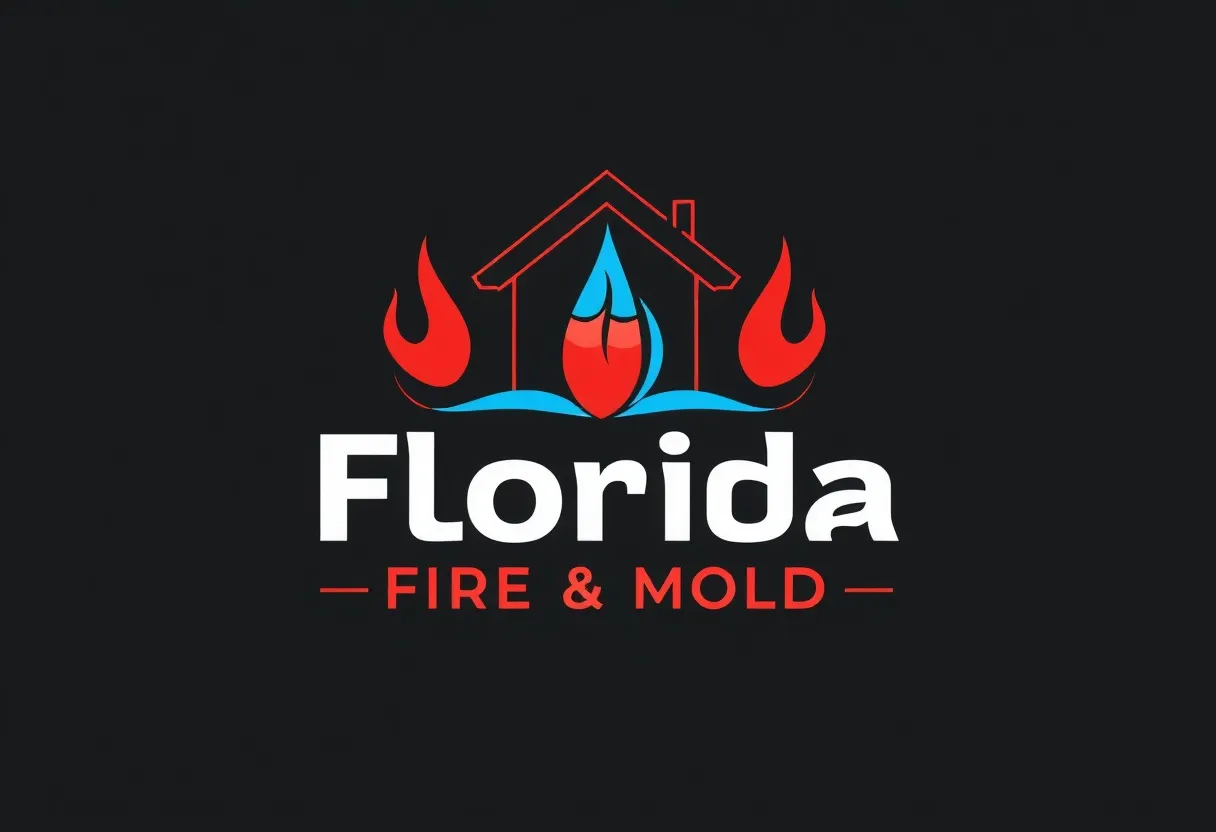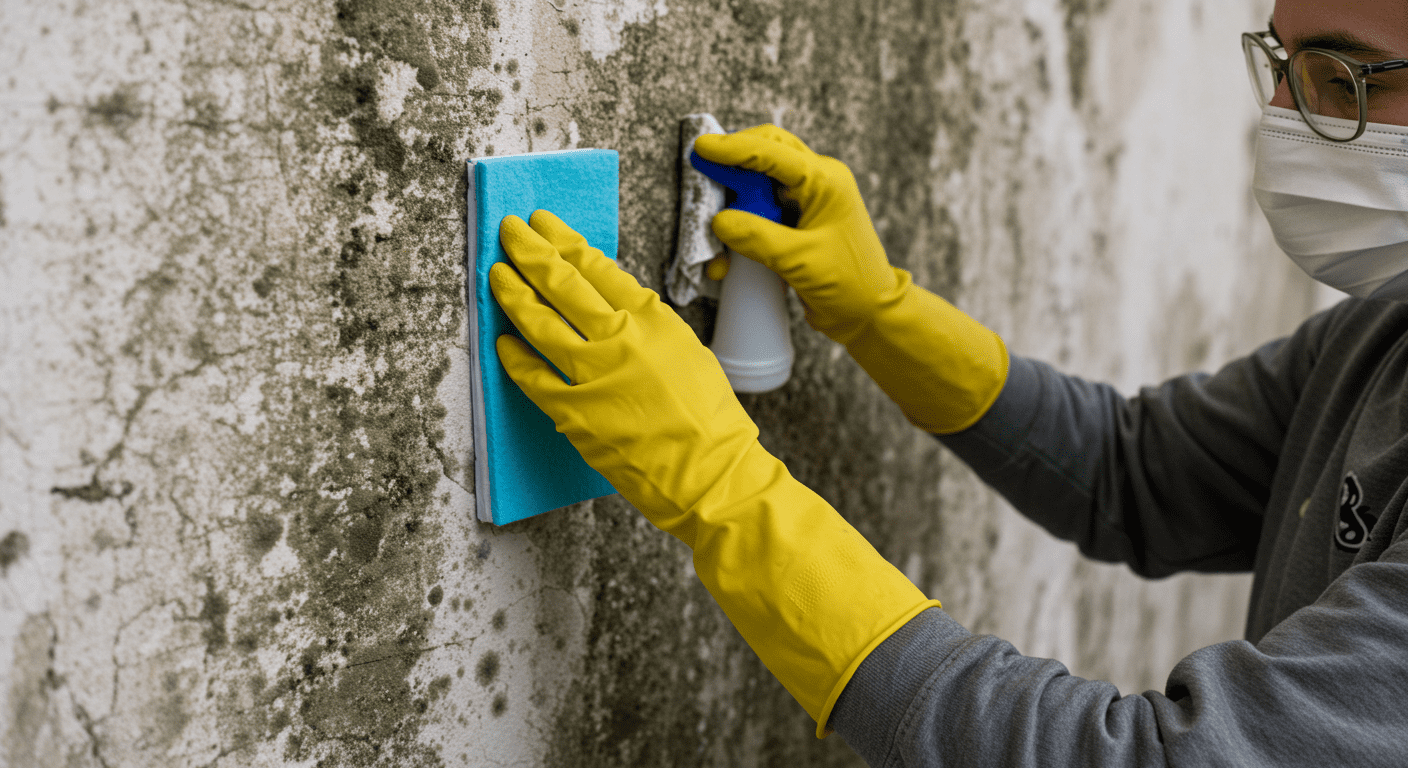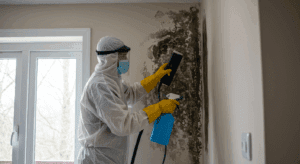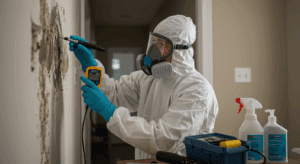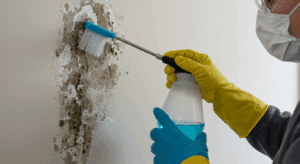Green mold is a common household issue that can pose serious health risks and damage property if left untreated. This guide provides effective strategies for identifying, removing, and preventing green mold, ensuring a safe and healthy living environment.
Understanding Green Mold
Definition and Types of Green Mold
Green mold refers to various species of fungi that appear green due to the presence of spores and pigmentation. Common types include Aspergillus, Penicillium, and Cladosporium. These molds thrive in damp, humid environments and can spread rapidly if not addressed promptly.
Common Locations for Growth
Green mold often grows in areas with high moisture levels, such as bathrooms, kitchens, basements, and around leaky pipes or windows. It can also develop on organic materials like wood, paper, and fabric. Identifying these hotspots is crucial for effective mold management.
Health Risks Associated with Green Mold
Impact on Respiratory Health
Exposure to green mold can lead to respiratory issues, including coughing, wheezing, and shortness of breath. The fungal spores can irritate the respiratory system, especially in individuals with asthma or allergies. Prolonged exposure may exacerbate these conditions, making early intervention essential.
Vulnerable Populations at Risk
Certain groups, such as children, the elderly, and individuals with weakened immune systems, are more susceptible to the health risks associated with green mold. For these populations, even minimal exposure can result in severe health complications, highlighting the importance of mold prevention and removal.
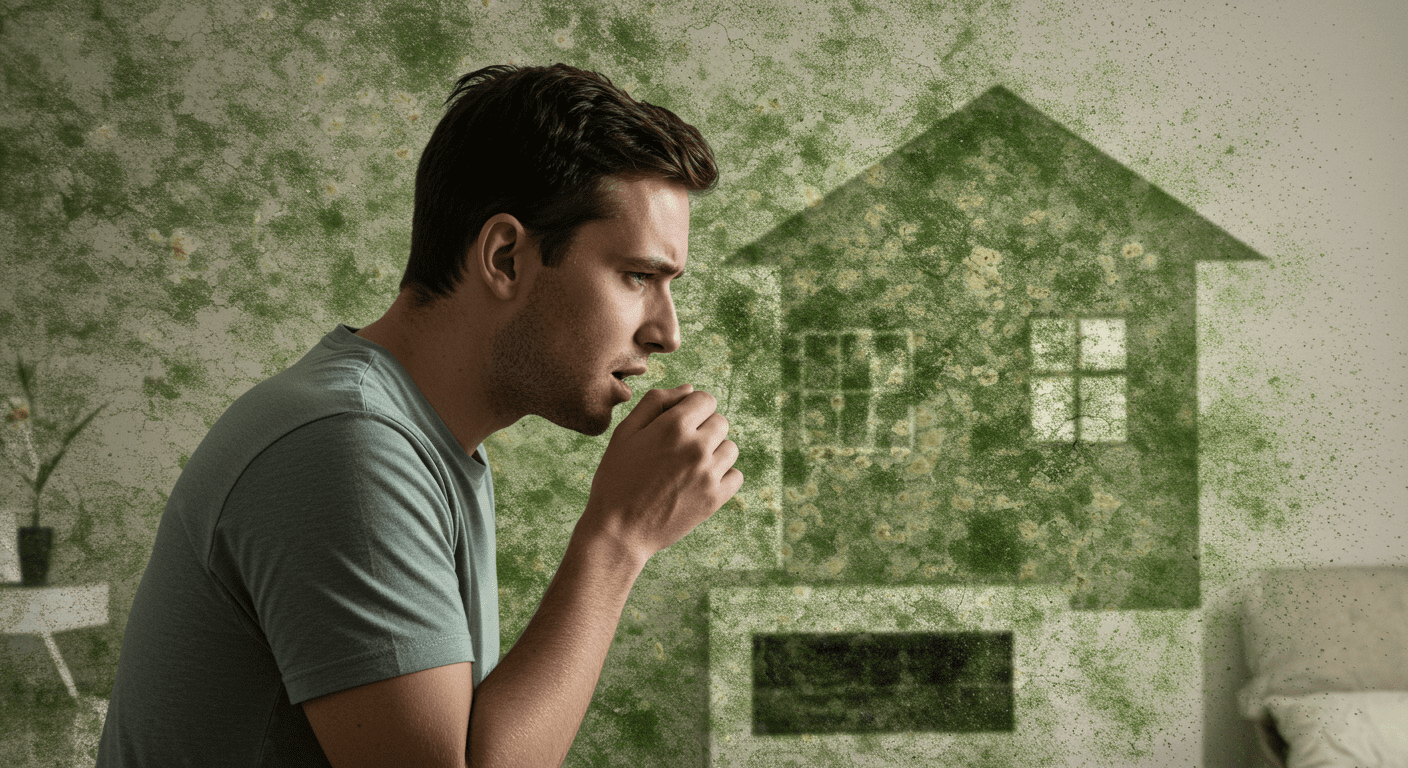
Effective Removal Techniques
DIY Methods for Small Infestations
For minor mold problems, DIY methods can be effective. Start by wearing protective gear, such as gloves and a mask, to avoid direct contact with mold spores. Clean the affected area using a mixture of water and white vinegar or baking soda. Scrub the surface thoroughly and ensure it is completely dry to prevent regrowth. Regular cleaning and ventilation can also help maintain a mold-free environment.
When to Call Professionals
For extensive mold infestations or cases involving toxic mold species, professional intervention is necessary. Experts have the tools and expertise to safely remove mold and address underlying issues, such as water damage. If you’re unsure about the severity of the problem, consider scheduling a mold inspection. Learn more about comprehensive mold testing and inspection services to ensure your home is safe.
Preventing Green Mold Growth
Importance of Moisture Control
Moisture is the primary factor contributing to mold growth. To prevent green mold, address any leaks or water damage promptly. Use dehumidifiers to maintain indoor humidity levels below 50%, and ensure proper ventilation in high-moisture areas like bathrooms and kitchens.
Maintenance Tips for Homeowners
Regular maintenance is key to preventing mold. Inspect your home for signs of water damage, such as discoloration or a musty odor. Clean and dry wet areas immediately, and consider using mold-resistant paint or materials in vulnerable areas. For more tips, check out our essential guide to water leak mold prevention.
Conclusion
Green mold can be a persistent and hazardous problem, but with the right strategies, it can be effectively managed and prevented. By understanding the risks, employing proper removal techniques, and maintaining a moisture-free environment, you can protect your home and health. For severe cases, don’t hesitate to seek professional assistance to ensure thorough remediation.
